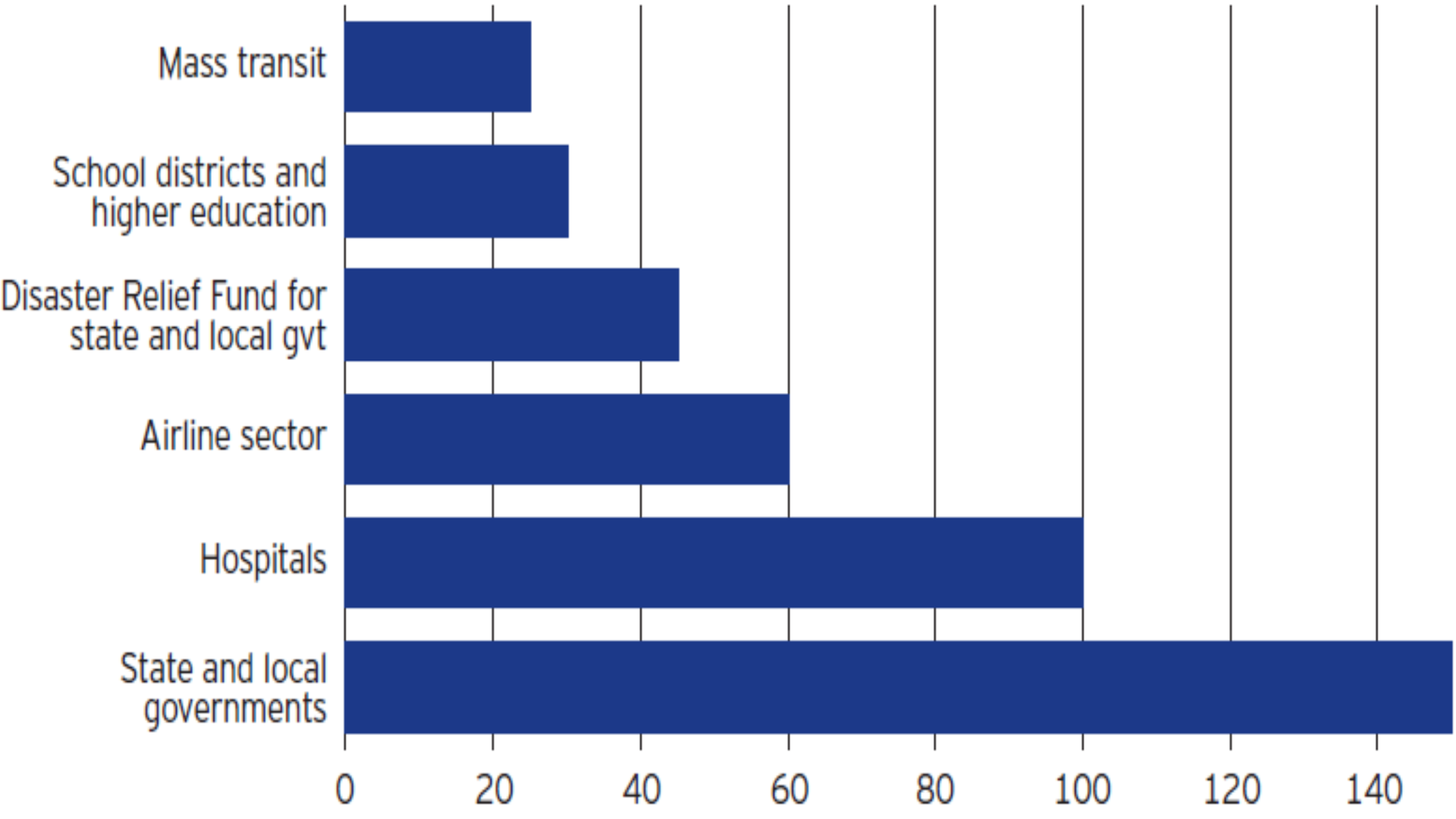

This would prompt investors to sell or steer clear of the asset class in general -the proverbial tossing out the baby with the bathwater scenario. The reason being, NR issues that have a brighter outlook would be lumped into the same category as ones that may not have a favorable outlook. This doesn’t necessarily indicate that an end is imminent, although it does indicate that if volatility emerges -and the markets come unhinged -funds that have increased their exposure to riskier issues may not have the flexibility to sidestep potential pull backs. Reviewing our current landscape, when considering the same search criteria as above, average non-rated exposure grew by 23% since December 2015-flirting with levels similar to 2008. Source: Morningstar Direct How does the bond landscape look today?

Further, the average of these funds lost 32%, which was 5% lower than the peer average, while also carrying more risk over the same period. These funds averaged approximately 57% exposure to NR issues, while the peer average held 30%. Although non-rated securities represent a legitimate category to explore to find value opportunities, positions call for elevated due diligence and resources to fully vet the risks involved.įor perspective, we measured the three largest funds which are currently active and held over $1+ billion in assets in 2008. Similar to 2008, this has increased the amount of non-rated (NR) issues in some of the largest high yield municipal bond funds. This results in managers of large funds venturing into riskier bond issues where they otherwise would not be inclined to invest, in order to keep portfolios fully invested.

Indexes are unmanaged and cannot be invested in directly.Īs low rates, stable credit quality and an accommodative (low rates) Fed stance prevail, strong demand from 2019 has continued into 2020. I ndex returns represent past performance, are not a guarantee of future performance, and are not indicative of any specific investment. Equities: S&P 500 Fixed Income: Bloomberg US Aggregate Bond Cash: FTSE Treasury Bill 3 Mo Index.

Allocations to equities and bonds typically have outperformed equities and cash during market pullbacks, as evidenced in the chart below. As equity indexes continue to set record levels, investors may seek out asset classes that protect on the downside while still providing some amount of yield and return. Municipals (including high yield municipal debt) are considered a safe-haven asset class. Concern over decreased supply-along with reduced mortgage interest expense deductibility-spurred demand, pushing muni yields lower and credit spreads tighter, while boosting returns. Municipals are often used as substitutes for taxable corporate bonds, and concerns are rising about increasing leverage on corporate balance sheets.īeginning in 2018, tax reform eliminated benefits of refinancing debt for muni-bond issuers, which contributed to a reduced supply of new tax-exempt issuance in the ensuing two years.


 0 kommentar(er)
0 kommentar(er)
